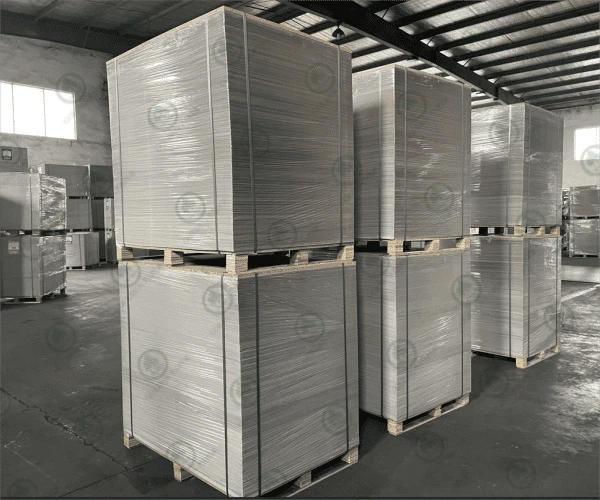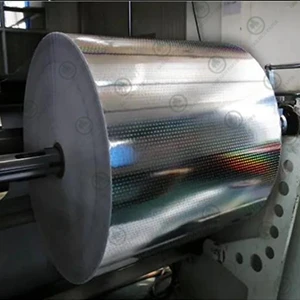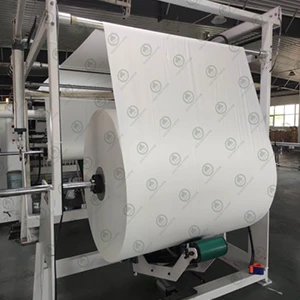According to Technavio, the global pulp market size is expected to grow by USD 38.1 billion between 2024 and 2028.
The market is expected to grow at a CAGR of nearly 3.53% during the forecast period. Increasing consumption of chemical wood pulp is driving market growth, and the use of fluff pulp is on the rise due to improved water absorption. However, the high cost involved in pulp production poses a challenge.
Key market players include Arctic Paper SA, Billerud AB, Canny Tissue Paper Industry, Gulf Paper Manufacturing Co., Hitachi Ltd., International Paper Co., Koch Industries PLC, and Mercer International.

Main Market Trends Driving Growth
The pulp market is witnessing major trends across various industries such as food and beverage, personal care, and paper packaging.
With the increase in demand for green packaging, eco-friendliness has become a major focus. Leading paper producers such as International Paper and Stora Enso are investing in renewable energy businesses and producing eco-friendly packaging products. The food and beverage industry is turning to paper packaging solutions due to consumer inclinations and anti-plastic sentiments.

Paper packaging materials such as white, recycled and specialty papers are in high demand. FMCG companies like Unilever are working with the Pulpex Alliance to develop laundry detergent solutions using recycled pulp. The personal care industry is also embracing green packaging, emphasizing recyclability and sustainability. Toilet paper and antibacterial tissue products are popular choices.
The retail industry is also adopting paper packaging due to its lightweight and recyclable properties, which reduces the use of plastics and logistics costs. The rapid penetration of the internet, smartphones and online retail has led to an increase in the demand for paper packaging in e-commerce. The paper industry is vital to socio-economic development and provides jobs in developing countries. However, it is crucial to address deforestation and focus on sustainable forest management. Water-intensive industries including paper and pulp are under pressure to reduce water usage and greenhouse gas emissions.

The packaging paper market is also gaining popularity, especially during the festive season. The paper industry continues to innovate to meet the needs of modern consumers while minimizing the impact on the environment.
The diaper and sanitary napkin market holds great significance in the global business landscape. The growth of the industry is driven by the growing awareness about safe and healthy practices. The main raw material for these products is fluff pulp from softwood, which improves absorbency and prevents leakage. With rising birth rates in Latin America and Asia, the diaper industry is expected to grow by about 50% by 2023.
Market Challenges
The pulp market faces major challenges across various industries such as food and beverage, personal care, and paper packaging. Eco-friendly packaging products are in high demand due to anti-plastic sentiment and consumer inclination towards green packaging.
Renewable energy operations and reduced greenhouse gas emissions are essential for forest-based mills such as International Paper and Stora Enso. The food and beverage industry requires paper packaging solutions for its products, while the personal care industry relies on tissue paper for the production of hygiene products.
However, challenges such as deforestation and the use of chemical pulp remain concerns. Sustainability in the paper industry is essential to address plastic packaging waste, especially in the packaging paper sector. Leading paper producers are focusing on commercial printing paper, converted paper, digital paper, and office paper to meet the needs of various industries.
The future of the paper industry lies in its ability to adapt to changing consumer preferences, reduce water usage, and address challenges in plastic use and recyclability across all sectors, including tissue products, newsprint and packaging.
 GOLDEN PAPER
GOLDEN PAPER
 EN
EN
 fr
fr  de
de  es
es  it
it  ru
ru  pt
pt  ar
ar  vi
vi  tr
tr  id
id 














































